-
 Bitcoin
Bitcoin $118400
0.47% -
 Ethereum
Ethereum $3836
2.20% -
 XRP
XRP $3.157
2.98% -
 Tether USDt
Tether USDt $0.9999
-0.03% -
 BNB
BNB $801.5
1.31% -
 Solana
Solana $180.9
2.07% -
 USDC
USDC $0.9999
-0.02% -
 Dogecoin
Dogecoin $0.2225
2.50% -
 TRON
TRON $0.3285
-1.02% -
 Cardano
Cardano $0.7789
2.60% -
 Hyperliquid
Hyperliquid $43.60
2.39% -
 Sui
Sui $3.892
4.41% -
 Stellar
Stellar $0.4229
3.34% -
 Chainlink
Chainlink $18.01
3.98% -
 Hedera
Hedera $0.2745
6.77% -
 Bitcoin Cash
Bitcoin Cash $582.3
3.38% -
 Avalanche
Avalanche $23.77
1.04% -
 Ethena USDe
Ethena USDe $1.001
0.01% -
 Toncoin
Toncoin $3.493
3.59% -
 Litecoin
Litecoin $110.0
2.48% -
 UNUS SED LEO
UNUS SED LEO $8.936
-0.37% -
 Shiba Inu
Shiba Inu $0.00001304
2.49% -
 Uniswap
Uniswap $9.999
1.09% -
 Polkadot
Polkadot $3.897
3.26% -
 Monero
Monero $308.6
-0.83% -
 Dai
Dai $0.9999
-0.01% -
 Bitget Token
Bitget Token $4.504
-0.04% -
 Pepe
Pepe $0.00001154
2.95% -
 Cronos
Cronos $0.1471
3.06% -
 Ethena
Ethena $0.6691
19.53%
Is it a risk that the volume and price rise together but the turnover rate surges?
A surge in volume, price, and turnover rate may signal strong momentum, but historically, extremely high turnover often precedes sharp corrections—especially if driven by speculation, not fundamentals.
Jul 30, 2025 at 10:57 am
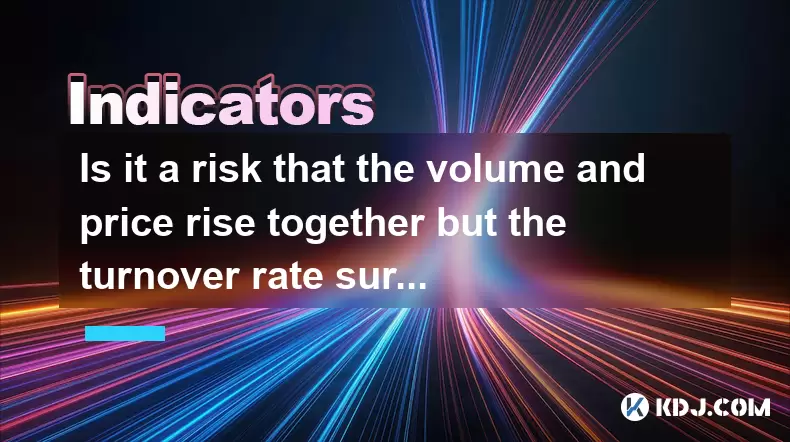
Understanding the Relationship Between Volume, Price, and Turnover Rate
In the cryptocurrency market, volume, price, and turnover rate are interconnected metrics that offer insight into market dynamics. Volume refers to the total number of coins traded over a specific period. When price increases alongside rising volume, it often indicates strong buying pressure and market confidence. However, the turnover rate—which measures how frequently assets change hands relative to the total supply—adds another layer. A surge in turnover rate during a price and volume increase suggests that a large portion of the circulating supply is being actively traded. This can reflect intense market activity, but it also raises questions about sustainability and potential risk.
What a Surging Turnover Rate Signifies
A rapidly increasing turnover rate during a price rally may indicate several underlying market behaviors. High turnover means investors are frequently buying and selling, which could stem from short-term speculation rather than long-term holding. When turnover spikes, it often points to increased market volatility and a higher likelihood of rapid price reversals. In such scenarios, whales or institutional traders may be actively moving large positions, influencing both price and volume. The combination of high turnover and rising price can also suggest profit-taking behavior, where early investors sell into the rally, potentially setting the stage for downward pressure once buying momentum slows.
Identifying Potential Risks in This Market Behavior
When volume and price rise together with a surging turnover rate, several risks emerge. One major concern is liquidity concentration—if a small number of addresses control a large share of trading volume, the market becomes vulnerable to sudden sell-offs. Another risk is market manipulation, such as pump-and-dump schemes, where coordinated buying inflates price and turnover before a rapid exit. Additionally, high turnover can signal weak holder confidence; if investors are unwilling to hold through gains, the uptrend may lack staying power. A surge in turnover also increases slippage and spread widening during trades, especially on smaller exchanges, affecting execution quality for retail traders.
How to Analyze On-Chain and Exchange Data
To assess whether the simultaneous rise in volume, price, and turnover rate is risky, traders should examine on-chain and exchange-level data. Platforms like Glassnode, CryptoQuant, and Santiment provide turnover rate metrics and related indicators. Look for the following:
- Check the exchange inflow and outflow trends—a spike in inflows to exchanges during a price rise may indicate upcoming selling pressure.
- Monitor active addresses—a growing number suggests organic participation, while stagnant or declining numbers despite rising turnover may point to repetitive trading by a few actors.
- Review supply distribution changes—if large wallets are reducing holdings while price climbs, it could foreshadow a correction.
- Analyze realized turnover, which adjusts for supply age, to distinguish between trading of long-held coins versus recently moved ones.
These data points help determine whether the turnover surge is driven by broad market participation or concentrated, potentially unstable activity.
Practical Steps for Risk Mitigation
Traders and investors can take concrete steps to manage exposure when facing a scenario where volume, price, and turnover rate rise together. Consider the following actions:
- Set dynamic stop-loss orders based on volatility indicators like ATR (Average True Range) to protect gains during sudden reversals.
- Diversify across assets to reduce dependency on a single coin exhibiting high turnover behavior.
- Avoid leveraging positions during periods of elevated turnover, as liquidation risks increase due to potential volatility spikes.
- Use time-based filters—for example, compare 24-hour turnover to 7-day averages to identify abnormal spikes.
- Cross-verify with funding rates and open interest on futures markets—rising funding rates alongside high turnover may indicate over-leveraged long positions vulnerable to a squeeze.
These steps allow for a more nuanced response to market conditions without relying solely on price action.
Case Study: Historical Examples in Cryptocurrency Markets
Historical patterns in major cryptocurrencies illustrate the implications of surging turnover during price rallies. For instance, during the early 2021 Dogecoin surge, volume and price climbed sharply, but turnover rate spiked to multi-year highs. On-chain analysis revealed that a small number of wallets accounted for over 60% of daily volume, and exchange inflows surged days before the peak. This preceded a sharp correction. Similarly, in 2020’s Uniswap token launch, price and volume rose rapidly, but turnover exceeded 30% daily, indicating extreme churn. Within weeks, price dropped over 50% as short-term traders exited. These cases highlight that high turnover during rallies often precedes consolidation or decline, especially when not supported by fundamental adoption or long-term holder accumulation.
Frequently Asked Questions
What is the difference between trading volume and turnover rate?
Trading volume is the total quantity of an asset traded in a given period, usually measured in units or USD value. Turnover rate is the ratio of trading volume to the total circulating supply, expressed as a percentage. For example, if a cryptocurrency has 10 million coins in circulation and 2 million are traded in a day, the daily turnover rate is 20%. While volume shows activity level, turnover rate indicates how much of the supply is actively changing hands.
Can a high turnover rate ever be a positive sign?
Yes, in certain contexts. A rising turnover rate can reflect increased market interest and liquidity, especially during the launch of new projects or major news events. If accompanied by growing on-chain activity, new wallet creations, and stable or decreasing exchange reserves, high turnover may signal healthy adoption. However, if turnover spikes without supporting fundamentals, it is more likely speculative.
How do I calculate turnover rate for a cryptocurrency?
To calculate daily turnover rate:
- Obtain the 24-hour trading volume (in coin units, not USD).
- Find the current circulating supply from a reliable source like CoinGecko or CoinMarketCap.
- Divide the 24-hour volume by the circulating supply.
- Multiply by 100 to get a percentage.
For example: 500,000 coins traded / 10,000,000 circulating supply = 0.05 → 5% daily turnover rate.
Does high turnover affect market depth and order book stability?
Yes. High turnover, especially when concentrated in short bursts, can lead to thin order books and increased slippage. Rapid trading may deplete buy or sell walls quickly, causing price gaps. On exchanges with lower liquidity, this effect is amplified. Traders may experience difficulty executing large orders at expected prices, and stop-loss triggers can be activated by brief price wicks, increasing the risk of premature liquidations.
Disclaimer:info@kdj.com
The information provided is not trading advice. kdj.com does not assume any responsibility for any investments made based on the information provided in this article. Cryptocurrencies are highly volatile and it is highly recommended that you invest with caution after thorough research!
If you believe that the content used on this website infringes your copyright, please contact us immediately (info@kdj.com) and we will delete it promptly.
- Ozak AI: Can This Underdog Crypto Achieve a Bull Run to $1?
- 2025-07-31 22:30:12
- Coinbase Breach: Navigating Insider Risk and Bolstering Security
- 2025-07-31 23:11:55
- Bitcoin Rebounds, WeWake Presale Gains Traction: What's the Buzz?
- 2025-07-31 22:30:12
- Bitcoin, Altcoins, and Volume Watchlists: Decoding the Crypto Landscape
- 2025-07-31 23:11:55
- Tron, Fartcoin, and BlockchainFX: What's Trending (and What's Not) in the Crypto World
- 2025-07-31 21:32:19
- Bitcoin, Corporate Investments, and Sustainability: A New Era or Fleeting Fad?
- 2025-07-31 20:50:14
Related knowledge

How can you use the MACD histogram to determine trend strength?
Jul 31,2025 at 11:10pm
Understanding the MACD Histogram and Its ComponentsThe MACD (Moving Average Convergence Divergence) histogram is a visual representation of the differ...
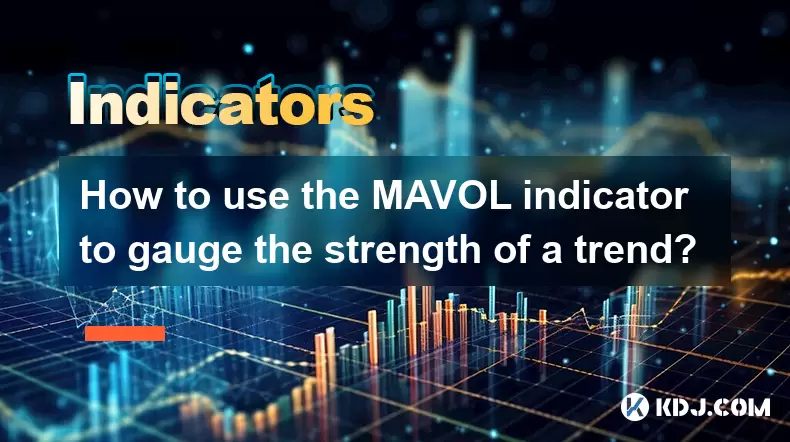
How to use the MAVOL indicator to gauge the strength of a trend?
Jul 31,2025 at 09:57pm
Understanding the MAVOL Indicator in Cryptocurrency TradingThe MAVOL indicator, short for Moving Average of Volume, is a technical analysis tool widel...
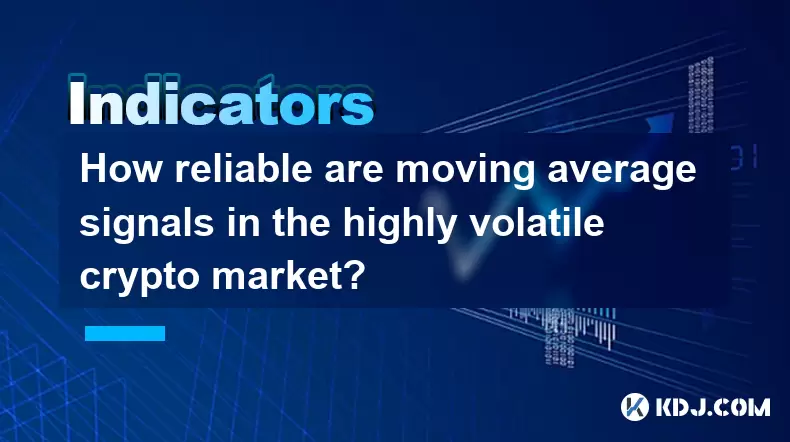
How reliable are moving average signals in the highly volatile crypto market?
Jul 31,2025 at 08:36pm
Understanding Moving Averages in Cryptocurrency TradingMoving averages (MAs) are among the most widely used technical indicators in the cryptocurrency...
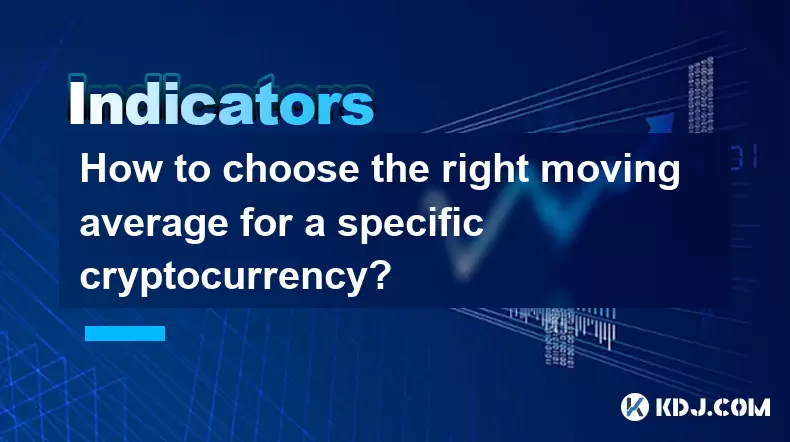
How to choose the right moving average for a specific cryptocurrency?
Jul 31,2025 at 10:29pm
Understanding the Role of Moving Averages in Cryptocurrency TradingMoving averages are foundational tools in technical analysis, widely used by crypto...
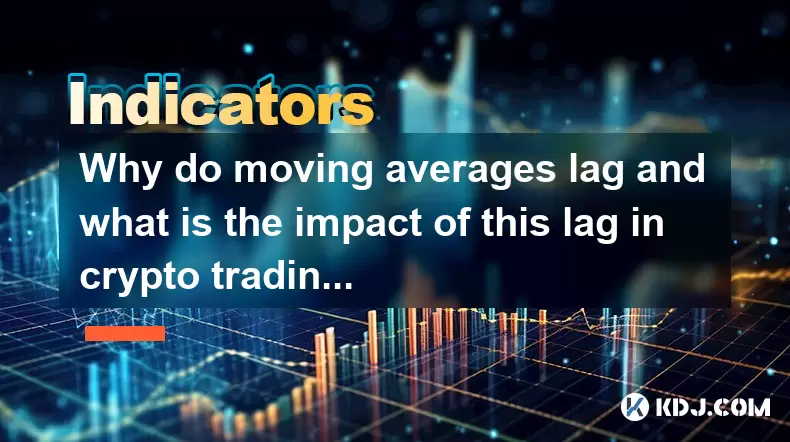
Why do moving averages lag and what is the impact of this lag in crypto trading?
Jul 31,2025 at 08:07pm
Understanding the Concept of Moving Averages in Crypto TradingMoving averages are among the most widely used technical indicators in cryptocurrency tr...
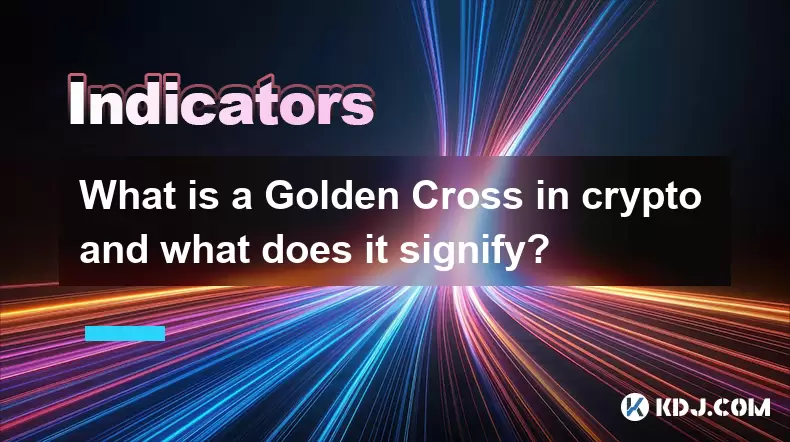
What is a Golden Cross in crypto and what does it signify?
Jul 31,2025 at 10:36pm
Understanding the Golden Cross in Cryptocurrency MarketsThe Golden Cross is a technical analysis pattern widely observed in cryptocurrency trading. It...

How can you use the MACD histogram to determine trend strength?
Jul 31,2025 at 11:10pm
Understanding the MACD Histogram and Its ComponentsThe MACD (Moving Average Convergence Divergence) histogram is a visual representation of the differ...

How to use the MAVOL indicator to gauge the strength of a trend?
Jul 31,2025 at 09:57pm
Understanding the MAVOL Indicator in Cryptocurrency TradingThe MAVOL indicator, short for Moving Average of Volume, is a technical analysis tool widel...

How reliable are moving average signals in the highly volatile crypto market?
Jul 31,2025 at 08:36pm
Understanding Moving Averages in Cryptocurrency TradingMoving averages (MAs) are among the most widely used technical indicators in the cryptocurrency...

How to choose the right moving average for a specific cryptocurrency?
Jul 31,2025 at 10:29pm
Understanding the Role of Moving Averages in Cryptocurrency TradingMoving averages are foundational tools in technical analysis, widely used by crypto...

Why do moving averages lag and what is the impact of this lag in crypto trading?
Jul 31,2025 at 08:07pm
Understanding the Concept of Moving Averages in Crypto TradingMoving averages are among the most widely used technical indicators in cryptocurrency tr...

What is a Golden Cross in crypto and what does it signify?
Jul 31,2025 at 10:36pm
Understanding the Golden Cross in Cryptocurrency MarketsThe Golden Cross is a technical analysis pattern widely observed in cryptocurrency trading. It...
See all articles

























































































